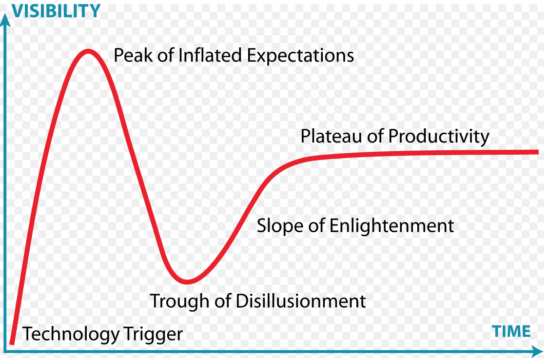
About the webinars
Contact North has now made publicly available recordings of the five webinars on the Myths, Realities, Opportunities and Challenges of Online Learning that I presented over March and April 2020.
These were more like seminars than lectures, drawing on the experience of many of the participants who are already experienced in online learning.
The webinars were based on some of themes of the second edition of Teaching in a Digital Age, and benefited from many participants having already read the key sections before the webinars. As such, the recordings provide a rich source of material on developing advanced, quality online courses and programs.
The webinars were hosted by Sarah Gavreau, Research Associate, Contact North. Each webinar has between 30 and 55 participants.
The recordings are in Adobe Connect and each recording may take a few seconds to download. (If you do not have Adobe Connect already installed you will need to download the app.) Each recording is approximately one hour in length. Click on the titles below to access the recordings.
1. Leveraging online learning to develop new skills
Online learning is mostly associated with increasing student access and flexibility. However, in this seminar I argue that it is becoming increasingly important also for developing the knowledge and skills needed in a digital age, and I suggest some ways in which skills can be taught or developed online.
2. Choosing modes of delivery
This webinar discusses the continuum of technology-based learning, discusses the affordances of face-to-face teaching, suggests for criteria for deciding on the right mix of online and face-to-face teaching, and looks at the impact on the campus of blended learning.
3. Choosing a technology that makes a difference to learning
This webinar discusses the the difference between media and technology and whether the separation is important; provides a way of categorising media; examines the pedagogical differences between (or affordances of) media; and discusses two models for choosing and evaluating media.
4. Immersive technologies
After a discussion of Gartner’s hype cycle, the webinar examines the educational potential of serious games and augmented and virtual reality. In each case, definitions are given, examples provided, design issues are presented, and strengths and weaknesses of each of these technologies is discussed.
5. Artificial intelligence and learning analytics
This webinar looks at the definition and general characteristics of artificial intelligence and learning analytics, identifies different types of educational applications, then focuses specifically on teaching and learning functions.This is followed by a discussion of their strengths and weaknesses and a discussion of why AI and LA have so far made so little impression on teaching and learning to date.
Comment
I am not a great fan of 60 minute Adobe Connect webinars, and I did attempt to make these as participative as possible. Most of the interaction consists of typed chat, but it was possible to give the microphone to people to expand on a typed contribution when necessary.
I was very pleased with contributions from participants under the circumstances, and it was an opportunity to draw on the experience of people actually working at the coal face, so to speak, which is invaluable. The format also seemed appropriate given that the webinars were offered at the height (I hope) of the Covid-19 crisis.
However, one day I would like to find a better way of doing synchronous online meetings for over 30 people. Next time for instance I would like to experiment with dividing the audience into smaller groups for discussion, using the Zoom breakout facility. I would also welcome any other suggestions for improving such sessions, not so much the technology, but the organization and pedagogy. Until that day, I will continue to give preference to asynchronous online learning and teaching.









 Dr. Tony Bates is the author of eleven books in the field of online learning and distance education. He has provided consulting services specializing in training in the planning and management of online learning and distance education, working with over 40 organizations in 25 countries. Tony is a Research Associate with Contact North | Contact Nord, Ontario’s Distance Education & Training Network.
Dr. Tony Bates is the author of eleven books in the field of online learning and distance education. He has provided consulting services specializing in training in the planning and management of online learning and distance education, working with over 40 organizations in 25 countries. Tony is a Research Associate with Contact North | Contact Nord, Ontario’s Distance Education & Training Network.

